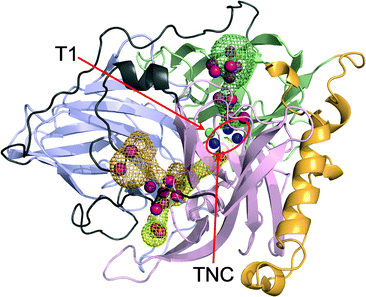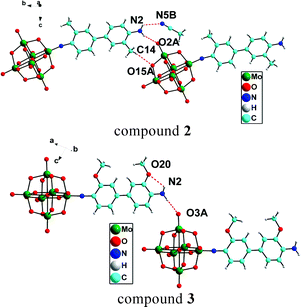
The well-ordered arrangement of the nanopillars can produce vertical mesoporosity in the films.This porosity can be regarded as “inverse mesospace” of a 2D hexagonal structure with “mesochannels” running perpendicular to the substrate. This vertical mesoporosity in films is very exciting as it can enhance pore accessibility broadening the potential applications of these already much studied mesoporous metal oxides.
Read more about these exciting developments for FREE until 22nd June at:
Synthesis of highly ordered mesoporous alumina thin films and their framework crystallization to gamma-alumina phase
Xiangfen Jiang, Hamid Oveisi, Yoshihiro Nemoto, Norihiro Suzuki, Kevin C.-W. Wu and Yusuke Yamauchi
Dalton Trans., 2011, Advance Article
DOI: 10.1039/C1DT10166H
















 This Dalton Transactions Hot article explores metalloligands inspired by the active site of enzymes.
This Dalton Transactions Hot article explores metalloligands inspired by the active site of enzymes.




 This Dalton Transactions Hot article looks at the self assembly of polyhedral cages.
This Dalton Transactions Hot article looks at the self assembly of polyhedral cages.